Limassol (Cyprus) is the southernmost city in Europe. It is a tourist destination in Cyprus where you can appreciate the simple pleasures of Mediterranean life. There are clean sandy beaches, the Troodos Mountains relax the climate in the north. And you can enjoy delicious and rich local wine in friendly tavernas.
Venture into the surrounding district to discover a country associated with the history, where olive oil and wine prepared traditionally. And where you can wander through medieval ruins and ancient cities. Well, This is the top ultimate places to visit in Europe.
Let’s have a look the 10 best things to see and do in Limassol (Cyprus)!
Kourion, Limassol

This UNESCO Protected Archaeological Park west of Limassol has 6,000 years of human history. It was during the Roman era that the city of Kaurian had a succession of them, mentioned in the writings of Pliny the Elder and Ptolemy. This is one of the best UNESCO sites in Europe.
There are complete relics of the Kourion of this period, and there is much to see. The theatre is mostly intact, and the House and Bath of Eustolio have vivid mosaics.
Later in the history of the Kourion’s, the city embraced Christianity so that you can examine the Courtsian bishop’s seat, as well as two basilic, episcopal preteens from the 400s and 500s.
Molos, Limassol

Between the city and the sea, Molos is more than a walk; It is an eye-catching seaside park that stretches from the Old Port to the zoo.
Molos transforms a beach into an art form, with rows of playgrounds, palm trees, cafes and benches. Along with water features, lawns and sculptures ranging from sorter pasts.
On Sunday the locals of Limassol will come to Molos for a family walk. And if you wish, You can rent a bike for a few hours to return along this sophisticated strip of city waterway.
Limassol Old Town
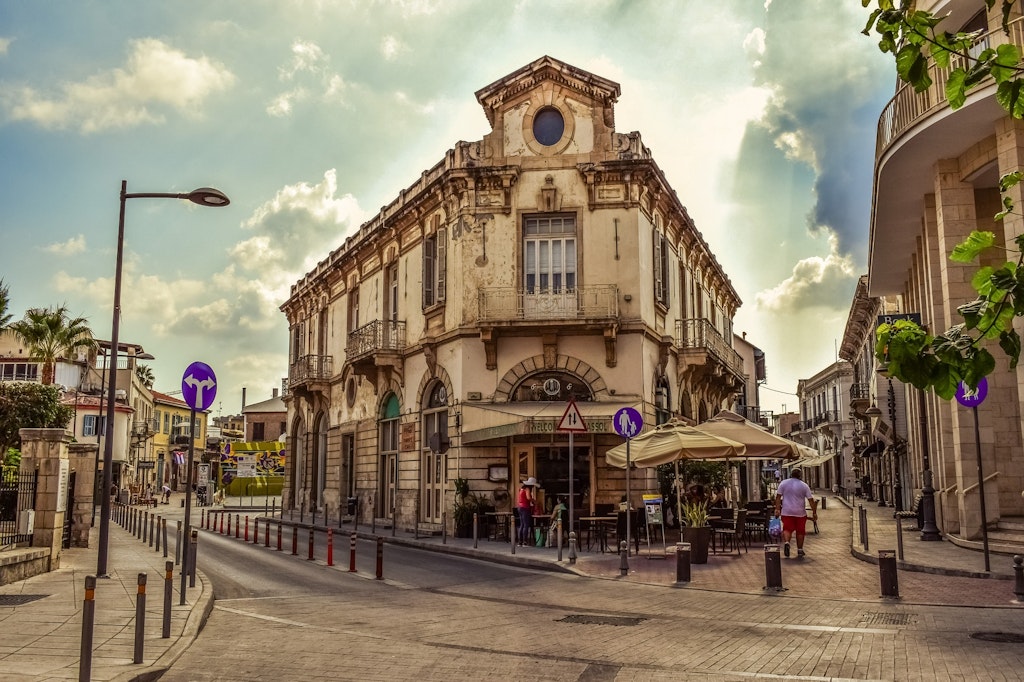
The vibrant old town district of Limassol is the most exciting part of the city. At the main square in the centre is Limassol Castle, an earlier Byzantine construction site built in the 14th century. And some more first forts can only be seen inside the walls. It was here that Lionhart Richard of England married Berengaria and later, the Ottomans used it as a military base. The entire interior of the palace is now home to the Limassol Medieval Museum. It has an attractive collection of armour, weapons, religious icons.
Cafes and restaurants surround the main square are always bustling with the bright young things of Limassol. After learning about the history of the palace. Check out the modern vibes of the city at the Innovative Lanitis Art Foundation. Also on the main square, which is housed in an old business mill and for a walking tour of exhibitions. A hop-skip-and-jump from the square to the east is a magnificent Limassol cathedral, with a fantastic baroque facade, while under a street is a small mosque, surrounded by palm trees.
Kolossi Castle, Limassol
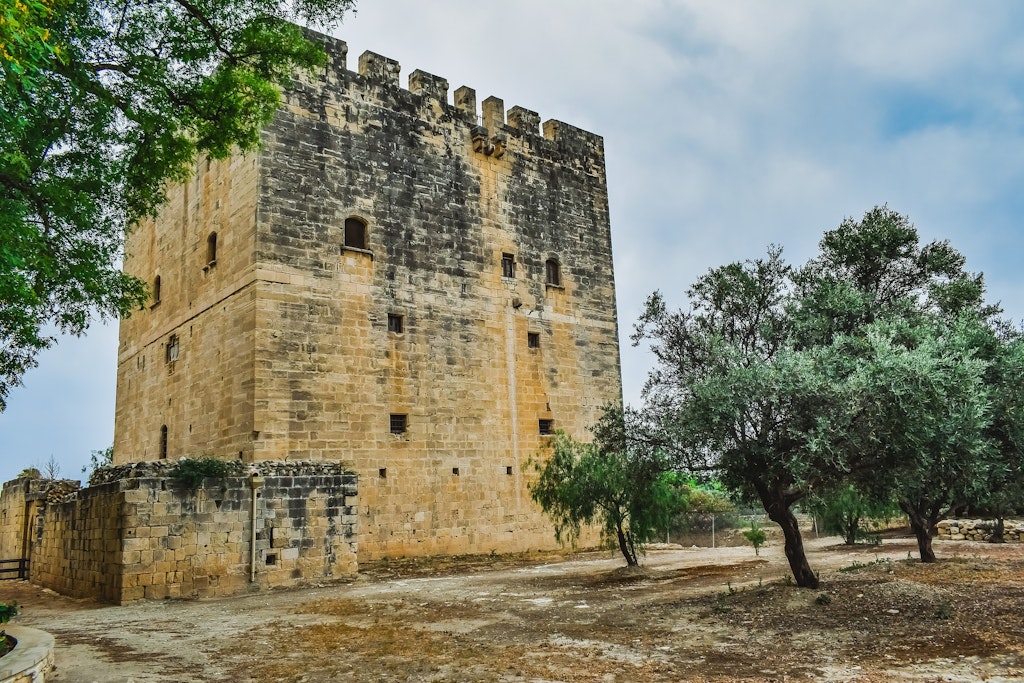
A few kilometres away from Limassol and it is a stronghold on public transport routes that lead to detour.
In the year 1191, The King of England Richard the Lionheart wedded Berengaria of Navarre following his conquest of the island.
The Knights Hospitaller constructed the palace during the 13th century, and the structure passed between the faction and rival Knights Templar in the following centuries.
What is left today is the compact, a large rectangular courtyard, a well and the ruins of a sugar factory, which was a local industry in medieval times.
Limassol District Archaeological Museum
The museum is the sister attraction of Limassol Castle, and it reveals the history and development of Cyprus from prehistory until the end of the Roman period.
A large part of the Late Bronze Age, Hellenistic and Roman objects exhibits were dug a few kilometres away in Cournia and Amathus.
With the numerous striking exhibitions are a pair of fine animal-shaped wine and a free-standing sculpture of the Roman deity Bess.
Temple of Apollo
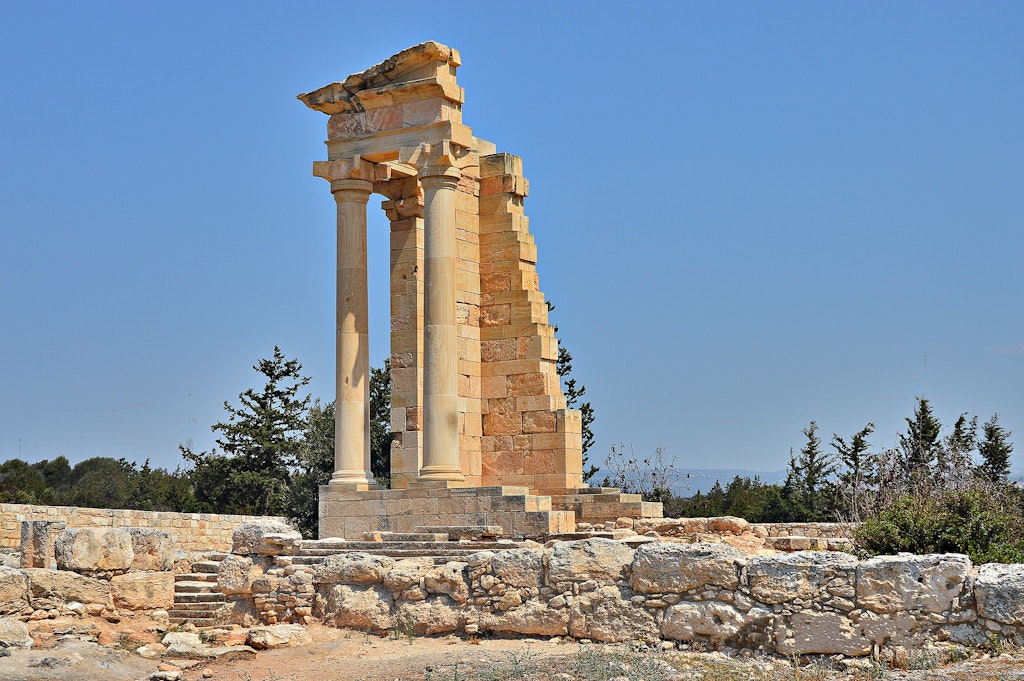
Few kilometres from the city of Kourion, temple complex was once the most famous holy site on the whole island. People from all parts worshipped Apollo as the god of the island’s woodland from around 700 BCE to 300 BCE. Large pieces of the sanctuary remain, including a temple wall and portico, staircase, pillar, a memorial. Here parades or dances performed by the people, and Visitors can live outside the building. The is definitely the next best place to visit after Greece.
Oleastro Olives
As we all know that, olives and olive oils are a significant centre of cuisine in Cyprus and the Mediterranean, so there is no better introduction to local cuisine culture than this olive press and museum.
Oleastro is the biggest olive oil producer on the island, only presses oil from the koroneiki cultivators, and here guides and displays will talk you through its production, from soil to bottle.
The use of olive oil must be in conjunction with local legend and folklore, and the museum here will teach you the science as well as the mythology of trees and their oil.
Limassol Castle

The castle of Limassol in the old city is a history that eclipses many of Cyprus’s defensive buildings.
The Lusignans built it during the Crusades, and recent excavations have revealed both a Byzantine fort and a basilica at its foundation.
In the 16th Century, during island’s Ottoman, the castle withstood attacked by the Genoese and the Sultanate of Mamluk.
In the absence of conflict, the lower level of the palace became a prison and remained so until the 1950s.
Today Limassol Castle houses a display of coins, weapons and pottery of various stages in the city’s history.
Akti Olympion
Limassol’s major city beach, Akti Olympics, was partially built by Molos.
Blue Flag Bay is a natural choice if you fancy for a few hours next to the Mediterranean Sea and come to a cafe filled with sunlight.
You can reach here on public transport, and all types of shops are within an easy walk.
The dark brown sand of the beach reaches more than two kilometres and stretches, the Akati Olympian is 40 meters wide, so there is usually room to spread out.
Aphrodite’s Rock (Petra Tou Romiou)

It is a mythical place where the goddess Aphrodite is said to have emerged from the waves. The Greek names of the rock are “Petra Tou Romiu” or “Rock of the Greeks” associated with the legendary Byzantine frontier-guard Degeneus Akritus. Locals say that they kept Arab pirates in the bay by throwing rocks from the hills above.
Two large rocks flow into the sea here, which is one of the most photoshopped beaches in Cyprus. The setting has been a source of inspiration for many poets and painters; The most famous Botticelli’s Birth of Venus painting (in Florence). Although the actual beach is shingles rather than sand, it is a top picnic spot and is a must-stop for anyone along the beach between Limassol and Paphos. This is also considered to be one of the best offbeat destinations in Europe.
Limassol is a metropolitan seaside destination with a distinct identity based on its unique history and culture in Europe, and a wide variety of options available to tourists.
Book your next fantastic holiday to Limassol today with Pickyourtaril. For the latest offers and deals visit www.pickyourtrail.com and follow us on Instagram.
Related Itineraries

Enchanting Europe Tour
- Flights excluded
- 4 star accommodations
- 5 activities
- Shared transfer
₹ 1,36,529
Starting price/person
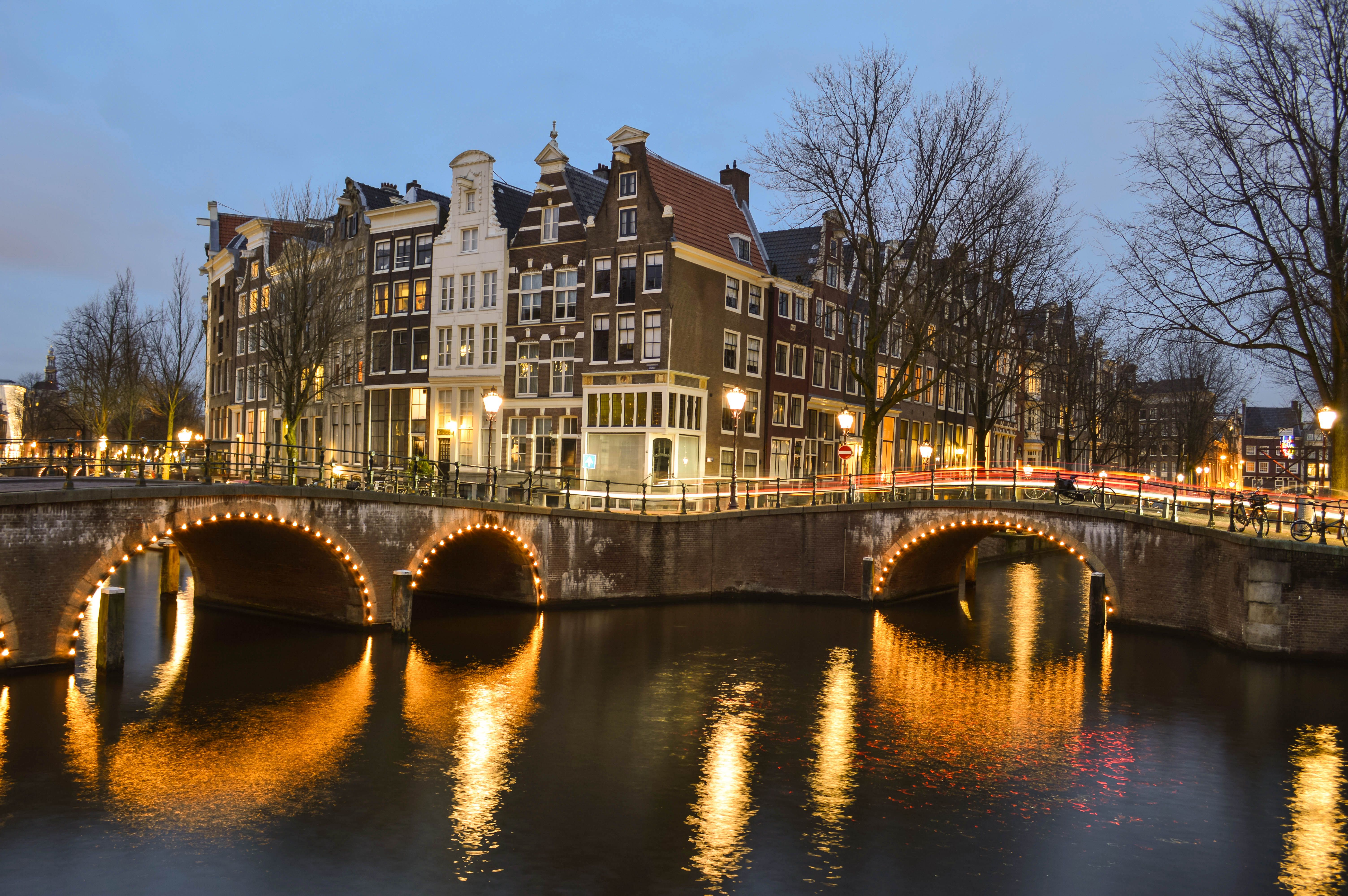
European Escapade
- Flights excluded
- 5 star accommodations
- 3 activities
- Shared transfer
₹ 1,00,540
Starting price/person

9 Days Swiss & Lyon Packages For Couple
- Flights excluded
- 5 star accommodations
- 5 activities
- Shared transfer
₹ 1,66,082
Starting price/person

Europe Tour with Lisbon, Lagos - Portugal, Seville, Tenerife and Barcelona
- Flights excluded
- 4 star accommodations
- 5 activities
- Private transfer
₹ 1,87,240
Starting price/person
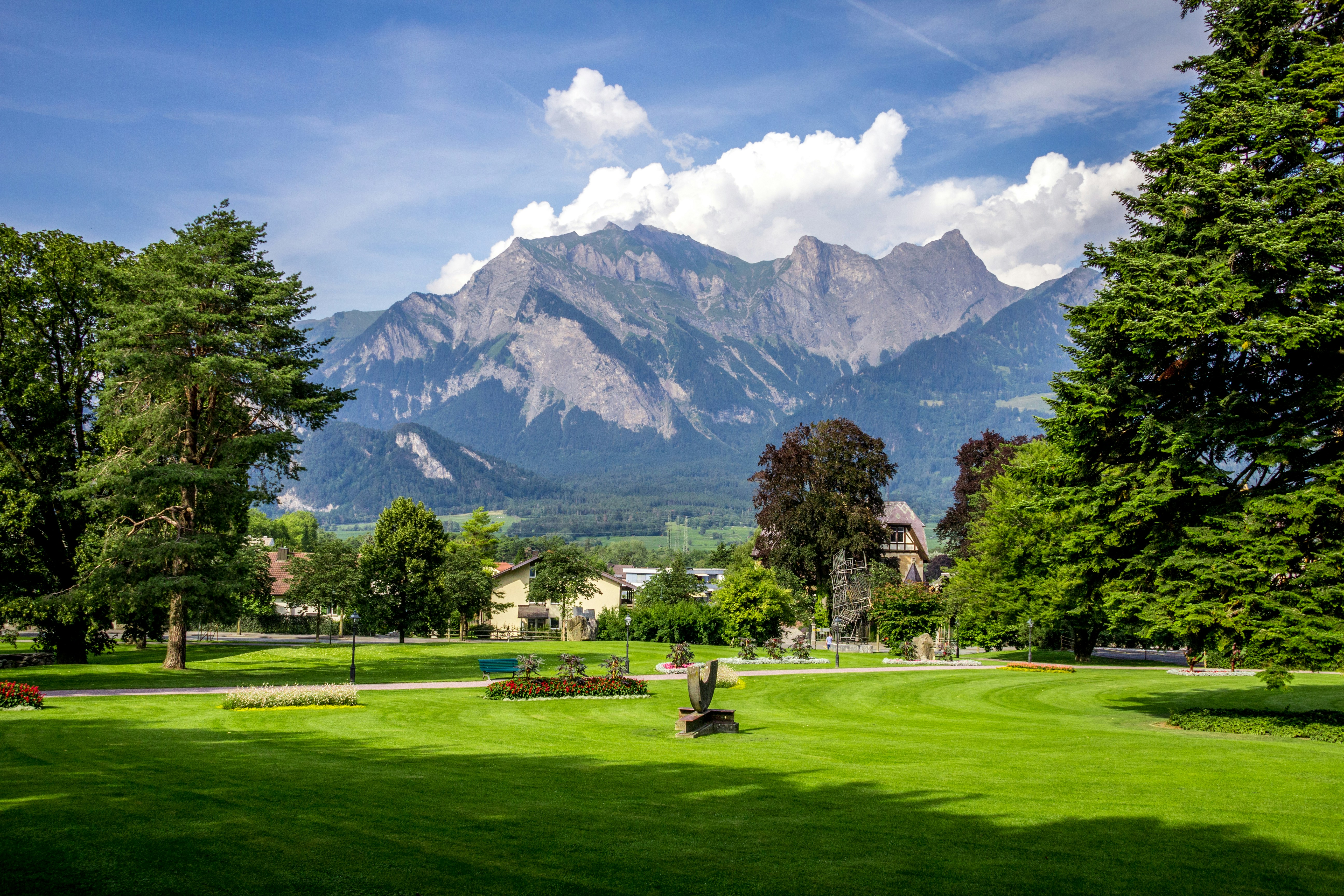
Switzerland Couple Trip Packages For 10 Days
- Flights excluded
- 5 star accommodations
- 6 activities
- Private transfer
₹ 1,68,750
Starting price/person

Swiss Paris Delight
- Flights excluded
- 4 star accommodations
- 6 activities
- Shared transfer
₹ 1,41,105
Starting price/person

9 Day Swiss & Milan Trip Packages
- Flights excluded
- 5 star accommodations
- 5 activities
- Shared transfer
₹ 1,73,311
Starting price/person
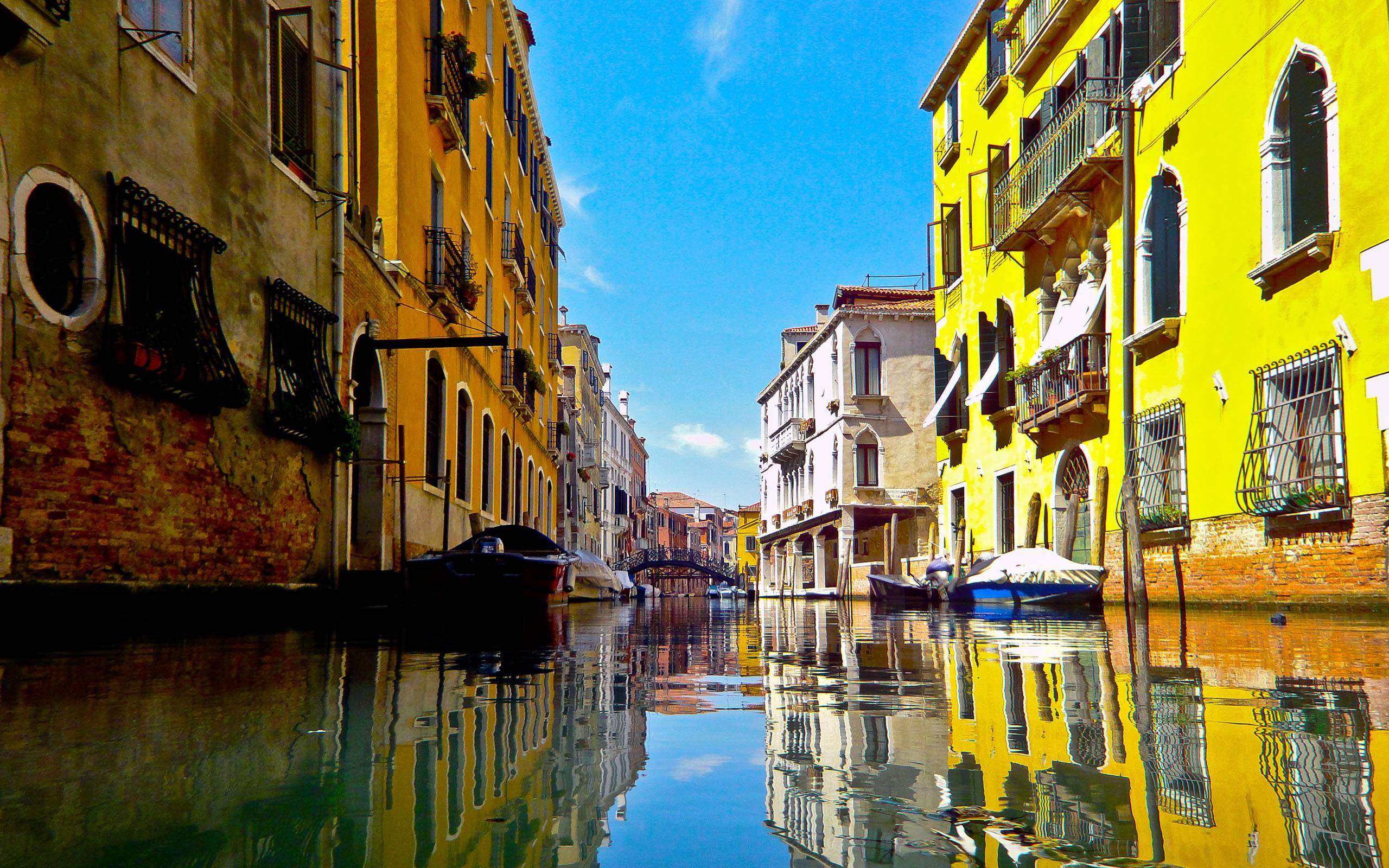
Alluring Europe Tours - Rome; Venice; Innsbruck; Vienna
- Flights excluded
- 4 star accommodations
- 5 activities
- Shared transfer
₹ 1,39,035
Starting price/person
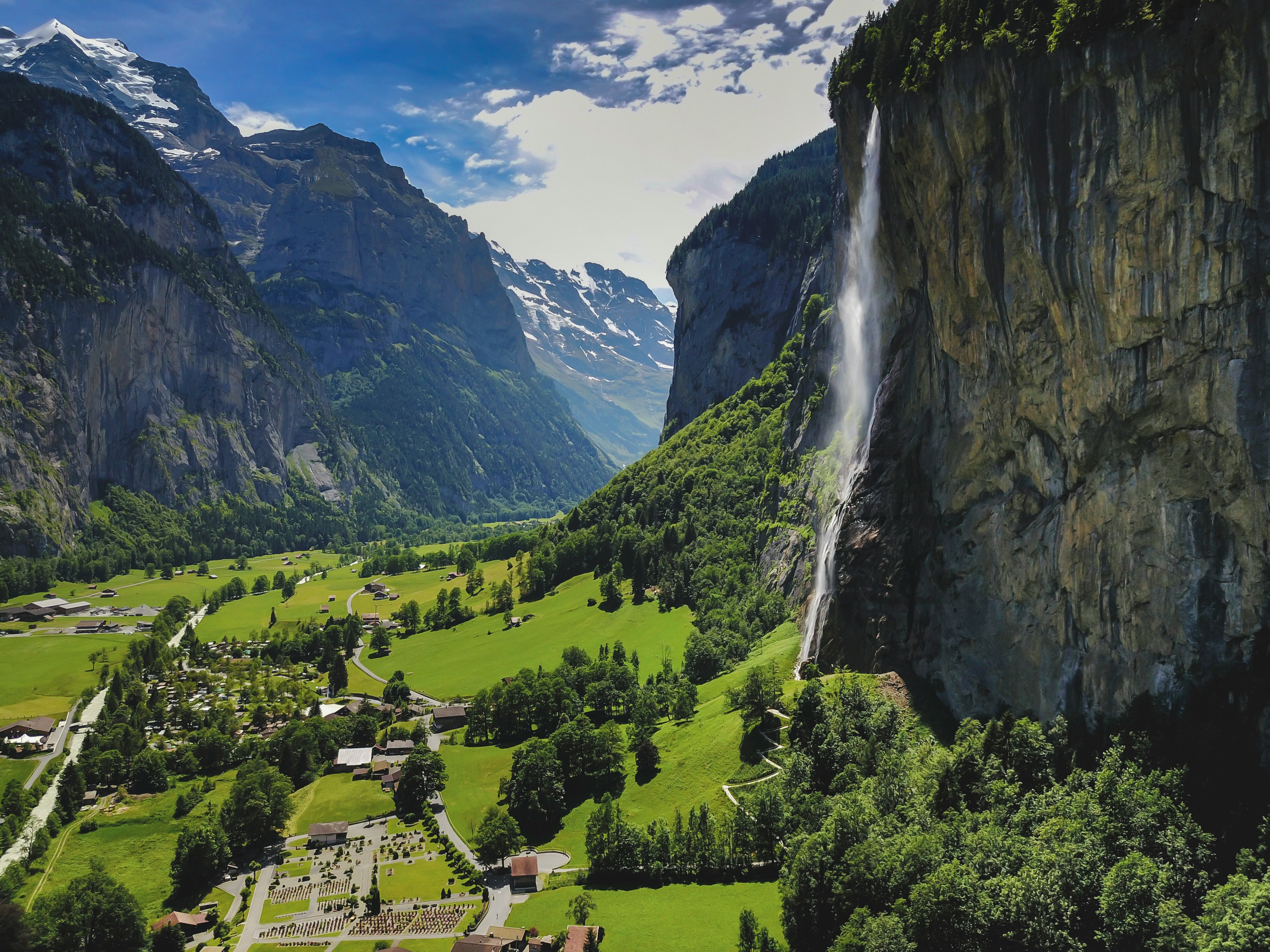
Mesmerizing 9 Nights Switzerland Trip Packages
- Flights excluded
- 3 star accommodations
- 4 activities
- Private transfer
₹ 1,74,011
Starting price/person

European Delight
- Flights excluded
- 4 star accommodations
- 7 activities
- Shared transfer
₹ 2,73,030
Starting price/person



